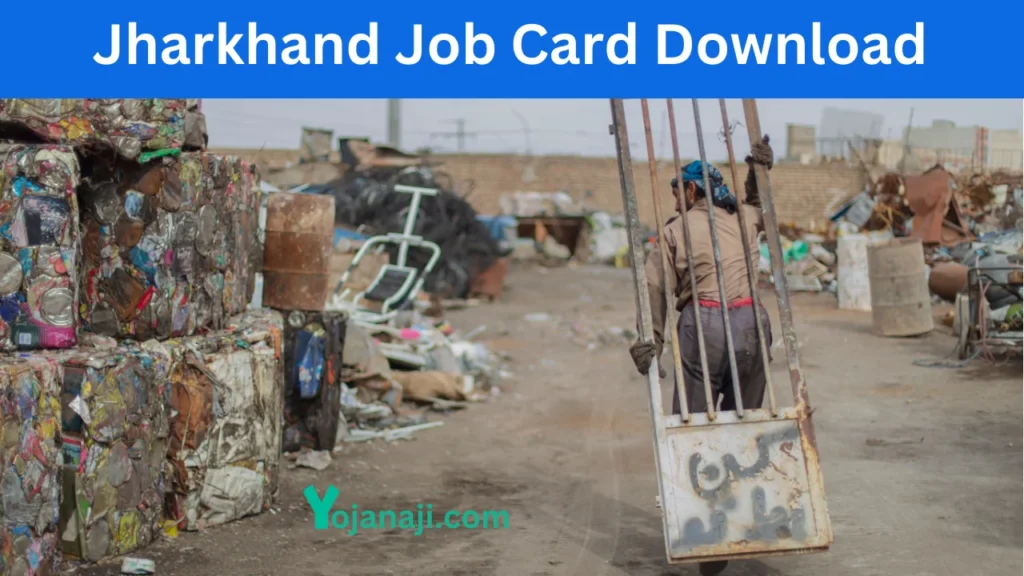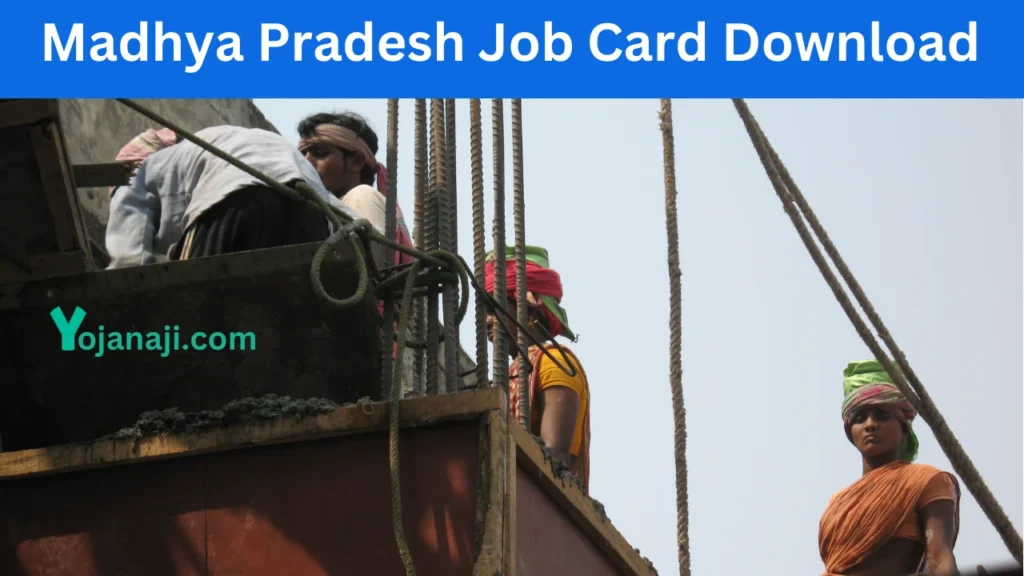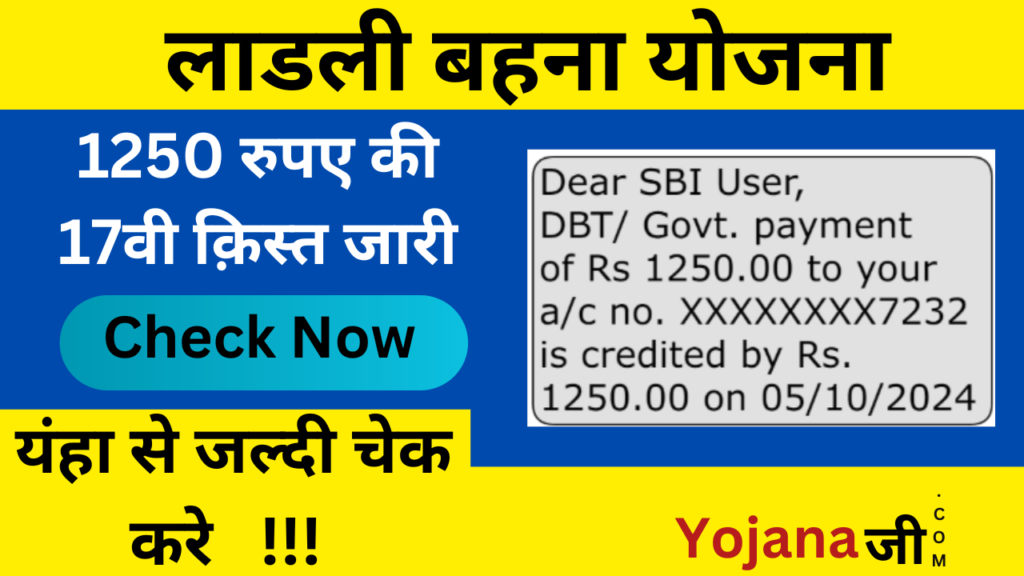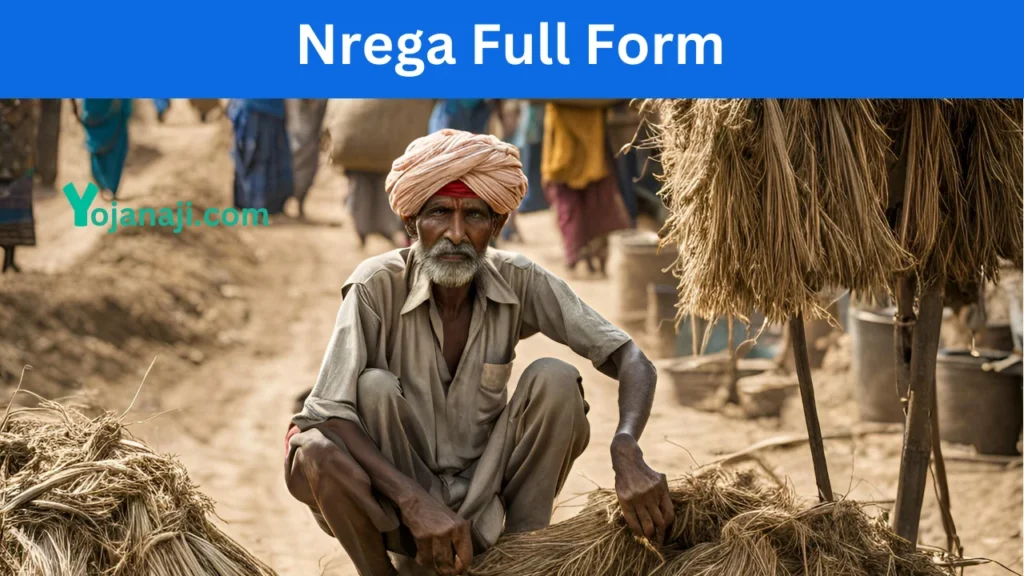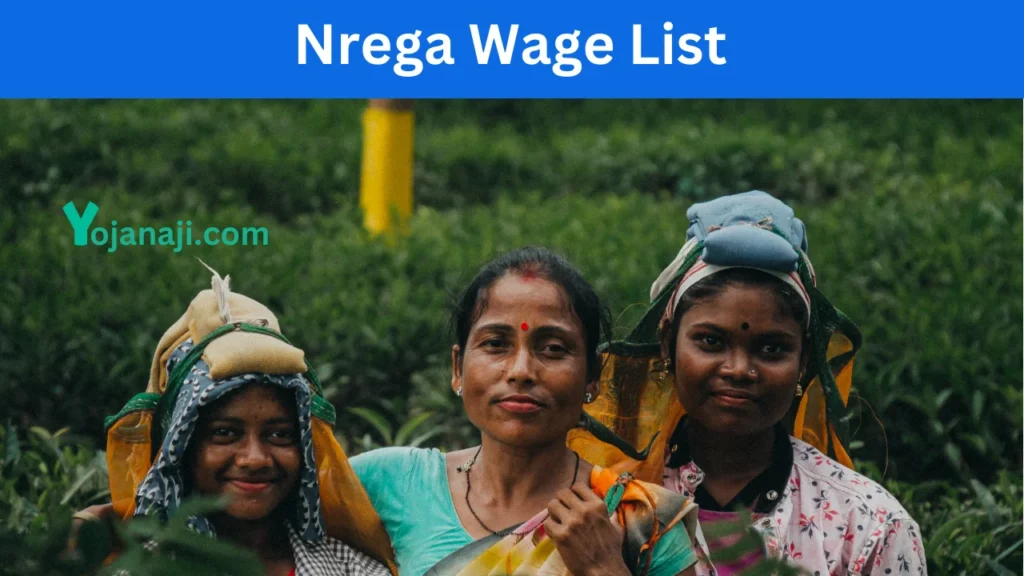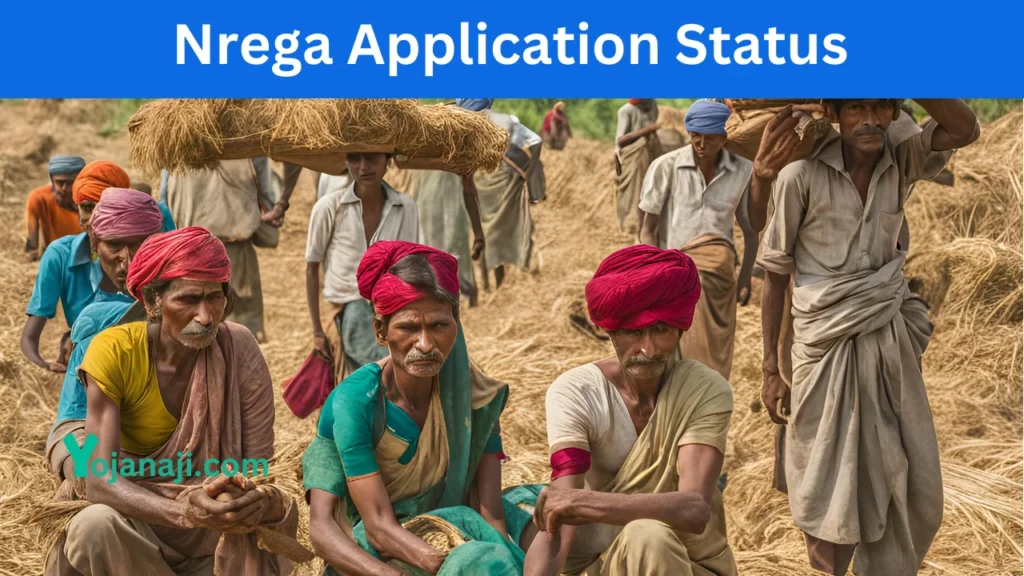Top 10 Welfare Schemes for Farmers in India
Farmers are the backbone of India, feeding over a billion people every day. But let’s be honest—farming isn’t easy. Unpredictable weather, rising costs, and fluctuating market prices make it a tough job. That’s why the Indian government has introduced several welfare schemes to support farmers, ensuring they have access to financial aid, insurance, better technology, and subsidies. Want to know the best schemes available? Here’s a list of the top 10 government schemes that every Indian farmer should know about! Here’s a detailed table format to make the key points of these farmer welfare schemes easier to understand. Top 10 Welfare Schemes for Farmers in India – Quick Summary Scheme Name Key Benefits Eligibility How to Apply? PM-KISAN ₹6,000 per year (3 installments) Small & marginal farmers with cultivable land pmkisan.gov.in or CSC centers PMFBY (Crop Insurance) Covers crop loss due to disasters, pests & diseases All farmers growing insured crops pmfby.gov.in or nearest bank Kisan Credit Card (KCC) Loans up to ₹3 lakh at 4% interest Farmers involved in crop production & allied activities Nearest bank or cooperative society PM Kusum Yojana Subsidy up to 90% on solar pumps Farmers with valid land ownership State nodal agencies or mnre.gov.in PKVY (Organic Farming) ₹50,000 per hectare financial aid Farmers switching to organic farming State Agriculture Department e-NAM (Online Agriculture Market) Direct access to buyers for better prices Farmers registered with local mandis enam.gov.in Soil Health Card Scheme Free soil testing every 3 years All farmers Nearest Krishi Vigyan Kendra (KVK) or soilhealth.dac.gov.in RKVY (Agriculture Development) Funding for modern farming & infrastructure Farmers & state agriculture projects State Agriculture Department NMSA (Climate-Resilient Farming) Promotes water conservation & drought-resistant crops Farmers adopting climate-smart practices Local agriculture office NABARD RIDF Low-interest loans for rural infrastructure State governments & cooperatives Contact NABARD office Kisan Credit Card (KCC) Loan Interest Rates Loan Amount Interest Rate Subsidy on Timely Repayment Up to ₹3 lakh 7% 3% subsidy → Final rate: 4% ₹3 lakh – ₹5 lakh 9% No subsidy Above ₹5 lakh Market Rate No subsidy PMFBY (Pradhan Mantri Fasal Bima Yojana) – Premium Rates Crop Type Farmer’s Premium Share Government Share Kharif Crops 2% Rest of the premium Rabi Crops 1.5% Rest of the premium Commercial/Horticulture Crops 5% Rest of the premium Solar Pump Subsidy Under PM Kusum Yojana Category Government Subsidy Farmer’s Contribution Small/Marginal Farmers Up to 90% 10% Other Farmers 70-80% 20-30% How to Check Your PM-KISAN Payment Status? Step Action Step 1 Visit pmkisan.gov.in Step 2 Click on ‘Beneficiary Status’ Step 3 Enter Aadhaar Number or Bank Account Details Step 4 Click ‘Get Data’ to check status These tables provide easy-to-read, structured information for quick reference. Hope this helps! 🚜🌱 1. Pradhan Mantri Kisan Samman Nidhi (PM-KISAN) Let’s start with one of the most popular schemes—PM-KISAN. Launched in 2019, this scheme provides ₹6,000 per year to eligible farmers in three equal installments. The money is directly credited to farmers’ bank accounts, helping them manage farming expenses without taking unnecessary loans. Who Can Apply? ✔️ Small and marginal farmers with cultivable land✔️ Must be an Indian citizen✔️ Land records should be in the farmer’s name How to Apply? Farmers can apply online via pmkisan.gov.in or visit their nearest Common Service Center (CSC). 2. Pradhan Mantri Fasal Bima Yojana (PMFBY) Weather can be a farmer’s biggest enemy—too much rain or no rain at all can ruin crops. That’s where PMFBY comes in! This crop insurance scheme protects farmers from financial losses due to natural disasters, pests, and diseases. Key Benefits ✅ Farmers pay only 2% of the premium for Kharif crops and 1.5% for Rabi crops✅ Government pays the rest of the premium✅ Covers crop damage due to drought, floods, pests, and other calamities How to Apply? Farmers can apply through their bank, insurance companies, or online at pmfby.gov.in. 3. Kisan Credit Card (KCC) Scheme Ever needed quick cash for farming but got stuck in a bank’s red tape? Kisan Credit Card (KCC) solves that problem! This scheme provides low-interest loans to farmers for crop production, machinery, fertilizers, and other farming needs. Why Should You Get a KCC? ✔️ Loans available at just 4% interest (with timely repayment)✔️ Up to ₹3 lakh loan limit✔️ Farmers also get insurance coverage of ₹50,000 How to Apply? Visit your nearest bank or cooperative society and ask for a KCC application. 4. PM Kusum Scheme Electricity costs can eat into a farmer’s profit. PM Kusum Yojana helps farmers set up solar pumps to reduce their electricity bills. The government even offers subsidies up to 90% for installing solar panels! Main Benefits ✅ Free or low-cost solar-powered irrigation pumps✅ Farmers can sell extra electricity back to the grid✅ Reduces dependence on diesel and electricity How to Apply? Farmers can apply through state nodal agencies or visit mnre.gov.in for details. 5. Paramparagat Krishi Vikas Yojana (PKVY) If you’re interested in organic farming, this scheme is for you! PKVY promotes chemical-free farming by providing financial help of ₹50,000 per hectare to farmers switching to organic methods. Why is it Important? ✔️ Helps produce healthier, chemical-free crops✔️ Reduces dependency on synthetic fertilizers✔️ Farmers get support for organic certification How to Apply? Farmers can apply through their State Agriculture Department. 6. e-NAM (National Agriculture Market) Imagine selling your crops online and getting the best price without middlemen eating up your profits. That’s exactly what e-NAM (Electronic National Agriculture Market) does! This digital platform connects farmers to buyers directly, ensuring fair prices for their produce. Why e-NAM? ✅ Farmers get better market rates for their crops✅ Reduces exploitation by middlemen✅ Saves time by allowing direct online transactions How to Use e-NAM? Farmers can register at enam.gov.in or visit a nearby e-NAM mandi. 7. Soil Health Card Scheme Fertile soil = better crops and higher profits. But how do you know if your soil is healthy? Soil Health Card Scheme helps farmers get their soil tested every 3 years to determine the right fertilizers and nutrients needed. Main Benefits ✔️ Helps prevent excessive use
Top 10 Welfare Schemes for Farmers in India Read More »



